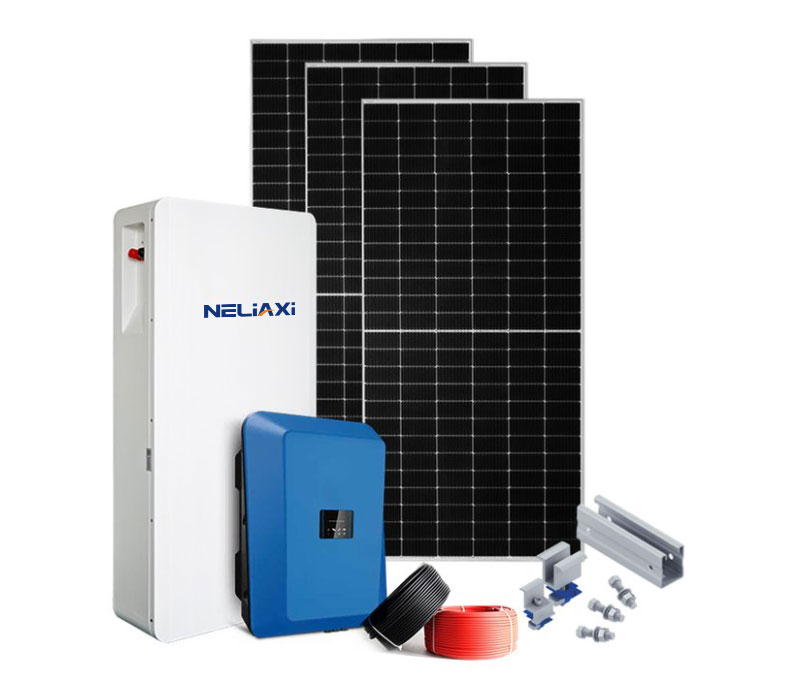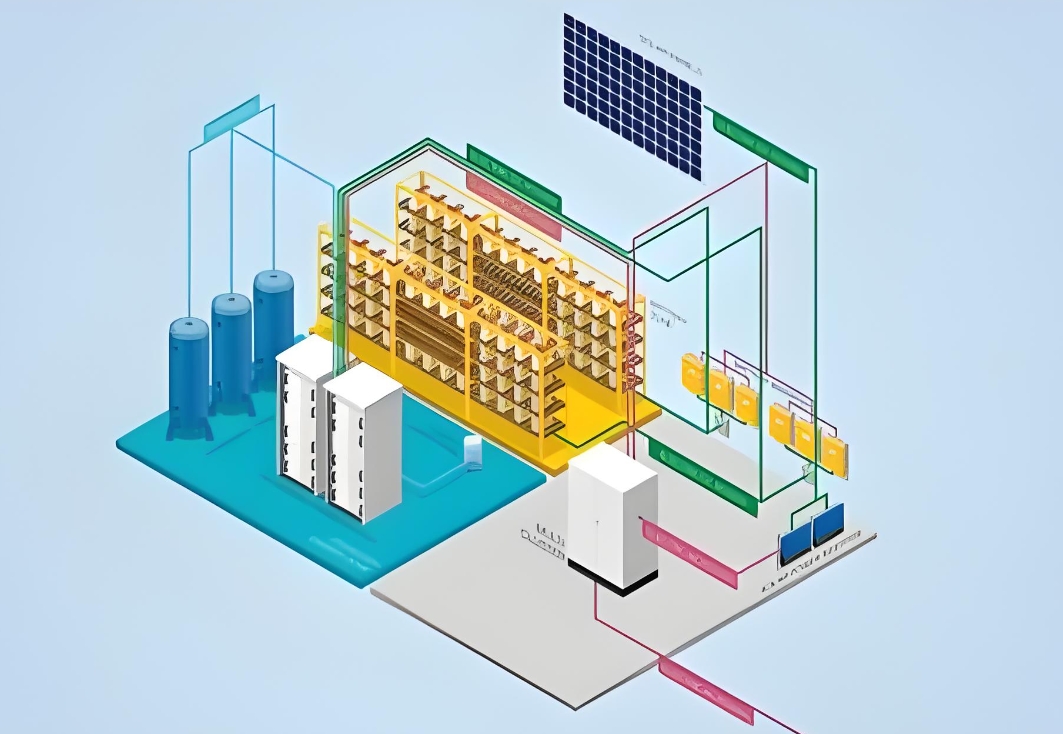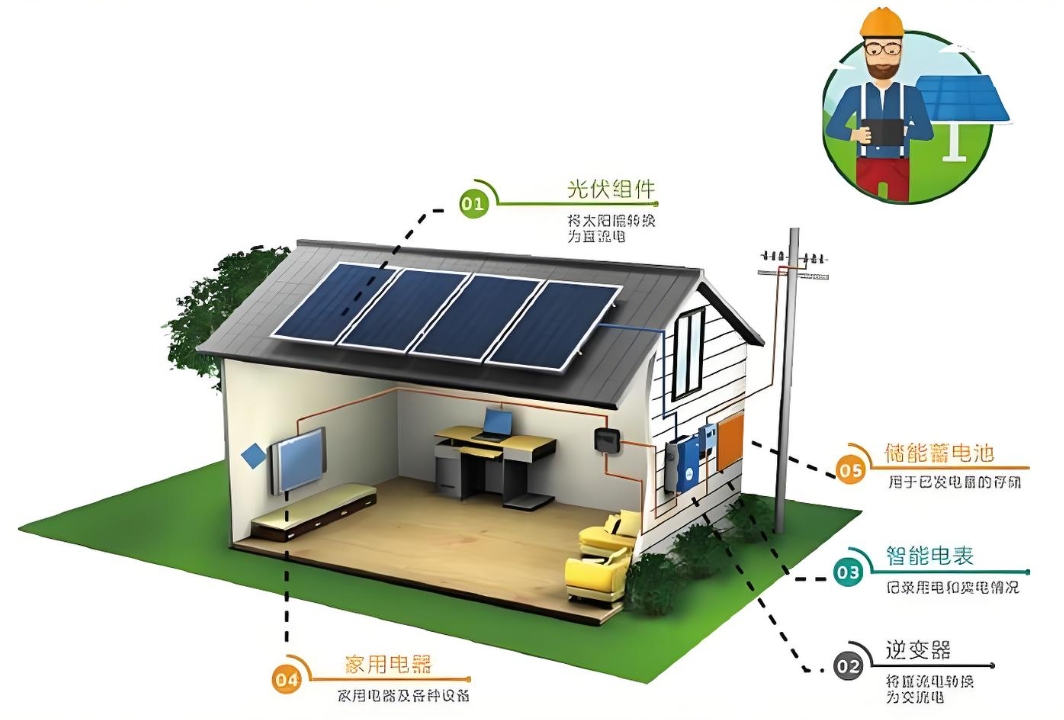Home Solar Energy Storage Systems: A Complete Guide for Energy Independence
As electricity costs rise and climate concerns grow, more homeowners are turning to home solar storage systems to take control of their energy needs. Whether you’re looking to reduce bills, ensure backup power, or lower your carbon footprint, this guide explains how solar batteries work, their benefits, and how to choose the right system for your home—all in plain English.
1. What Is a Home Solar Storage System?
A home solar storage system combines solar panels with a battery to store excess energy. During the day, solar panels generate electricity, which powers your home and charges the battery. At night or during outages, the stored energy keeps your lights on and appliances running.
Key Components:
- Solar Panels: Convert sunlight into electricity.
- Battery: Stores excess energy (common types: lithium-ion, lead-acid).
- Inverter: Converts stored DC power into AC for home use.
- Energy Manager: Optimizes energy flow between panels, battery, and the grid.

2. Top 5 Reasons to Install a Solar Battery
1️⃣ Blackout Protection
- Keep lights, Wi-Fi, and refrigerators running during power outages.
- Example: California homeowners avoided 12+ outages in 2023 using Tesla Powerwall.
2️⃣ Slash Electricity Bills
- Use stored solar energy during peak hours (when grid rates are highest).
- Average savings: 60–90% on monthly bills, depending on location.
3️⃣ Maximize Solar Investment
- Store excess solar power instead of selling it back to the grid at lower rates.
4️⃣ Reduce Carbon Footprint
- A 10 kWh system cuts ~3 tons of CO₂ annually—equivalent to planting 50 trees.
5️⃣ Energy Independence
- Less reliance on utility companies and volatile energy prices.
3. How to Choose the Right Solar Battery
#### Key Factors to Compare
| Feature | Lithium-Ion | Lead-Acid |
|----------------------|-----------------------|---------------------|
| Lifespan | 10–15 years | 3–7 years |
| Efficiency | 90–95% | 70–80% |
| Cost | $8,000–$15,000 | $3,000–$7,000 |
| Space | Compact (wall-mountable) | Bulky (requires ventilation) |
Pro Tips:
- Prioritize depth of discharge (DoD): Lithium-ion batteries safely use 90%+ capacity.
- Check warranty: Look for 10-year coverage on cycles or throughput.
- Match size to needs: A 10–13 kWh battery powers essentials for 12–24 hours.
4. Real-Life Examples
Case 1: Suburban Family in Texas
- System: 8 kW solar panels + 13.5 kWh LG Chem battery.
- Result:
- Eliminated $220/month electric bills.
- Survived 18-hour grid outage with AC running.
Case 2: Off-Grid Cabin in Colorado
- System: 5 kW solar + 20 kWh Tesla Powerwall + propane backup.
- Result:
- Achieved 100% energy independence, even in snowstorms.
- Paid back system cost in 6 years via fuel savings.
5. Installation & Maintenance Made Simple
Installation Process:
1. Site Assessment: A technician evaluates your roof, energy use, and goals.
2. Permitting: Most installers handle local permits and utility approvals.
3. Installation: Typically completed in 1–3 days.
Maintenance Tips:
- 🧹 Clean solar panels 1–2 times a year (5–15% efficiency boost).
- 📱 Monitor performance via apps (e.g., Tesla, Enphase).
- 🔋 Avoid extreme temperatures: Lithium batteries last longest at 50–86°F (10–30°C).
6. FAQs: Answering Your Biggest Concerns
Q1: Will it work during long cloudy periods?
- Yes! Systems can be sized to store 3–5 days of energy. Pair with grid backup for reliability.
Q2: Are solar batteries safe?
- Modern lithium batteries include fire-resistant enclosures and automatic shutdown features.
Q3: What about incentives?
- U.S. homeowners can claim a 30% federal tax credit (until 2032). Some states add rebates (e.g., CA’s SGIP).
Q4: How long until I break even?
- Payback periods range from 6–12 years, depending on energy costs and incentives.
Q5: Can I add a battery to existing solar panels?
- Absolutely! Most systems are retrofit-friendly.
Conclusion
A home solar storage system isn’t just a backup plan—it’s a smart investment in energy security, savings, and sustainability. With battery prices dropping 80% since 2010, there’s never been a better time to go solar.
Next Step: Use our free Solar Savings Calculator to estimate your ROI → [Get Started Now]


